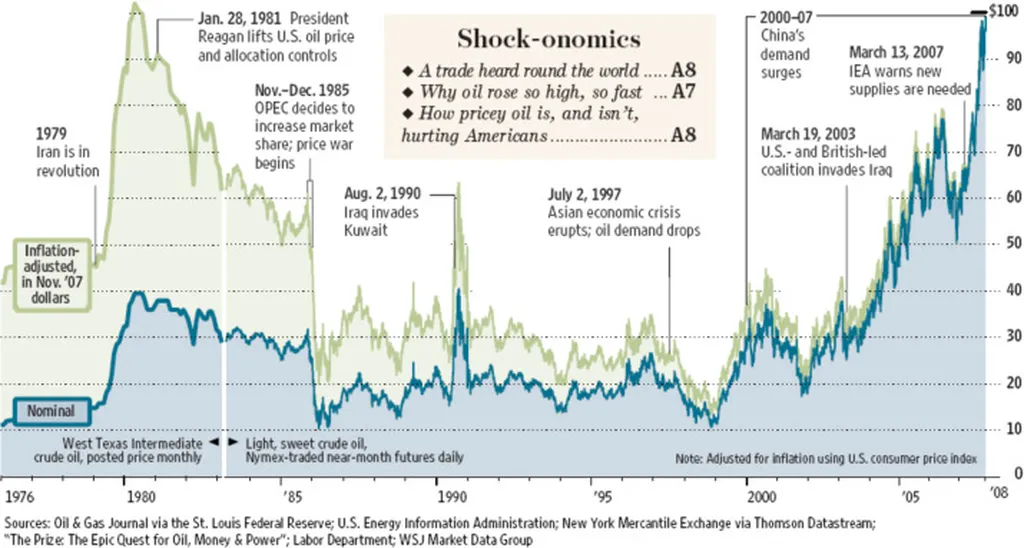In the rapidly evolving world of construction materials research, a silent revolution is underway, one that could significantly impact the energy sector’s march towards the 2050 Net-Zero CO2 deadline. At the heart of this transformation is the RILEM TC SDM (Scientific Metadata Management of Construction materials), a task committee aiming to establish a formal approach to metadata collection and management. The initiative, led by Tanja Manninger of Smartminerals GmbH, is set to redefine how data is handled, stored, and reused in the industry.
The construction materials research field is grappling with a deluge of data, with methods and strategies for data collection varying widely. This diversity, while reflective of the industry’s dynamism, poses a significant challenge when it comes to data reuse. “The lack of a standardized approach to metadata management is a bottleneck in the data lifecycle,” explains Manninger. “It’s hindering the potential of data to drive innovation and inform decision-making.”
The RILEM TC SDM is tackling this challenge head-on. Their initial steps involve designing a metadata collection framework and an associated input tool, along with a best-practice guideline for raw data storage. These tools aim to help data producers establish robust routines that align with the FAIR data principles—Findable, Accessible, Interoperable, and Reusable. “By making data FAIR, we’re not just tidying up; we’re unlocking value,” says Manninger.
The implications for the energy sector are substantial. The construction materials industry is a significant energy consumer, and the push towards Net-Zero CO2 emissions is driving demand for innovative, energy-efficient materials. The RILEM TC SDM’s work could accelerate this process by enabling more efficient data sharing and reuse. This could lead to faster development of new materials, improved simulation calculations, and more targeted use of machine learning—all of which could contribute to the energy sector’s sustainability goals.
Moreover, the committee’s efforts could facilitate better collaboration between researchers, industry professionals, and policymakers. By providing a bridging element—a metadata file that links journal publications to raw data—they’re creating a common language that could foster a more integrated approach to research and development.
The RILEM TC SDM’s work is still in its early stages, but its potential is immense. As Manninger puts it, “We’re laying the groundwork for a data-driven future in construction materials research.” This future could bring significant benefits to the energy sector, from more efficient materials to improved decision-making tools. The journey is just beginning, but the destination—a more sustainable, data-driven construction materials industry—is already in sight. The findings were recently published in the RILEM Technical Letters, known in English as the RILEM Technical Letters.

